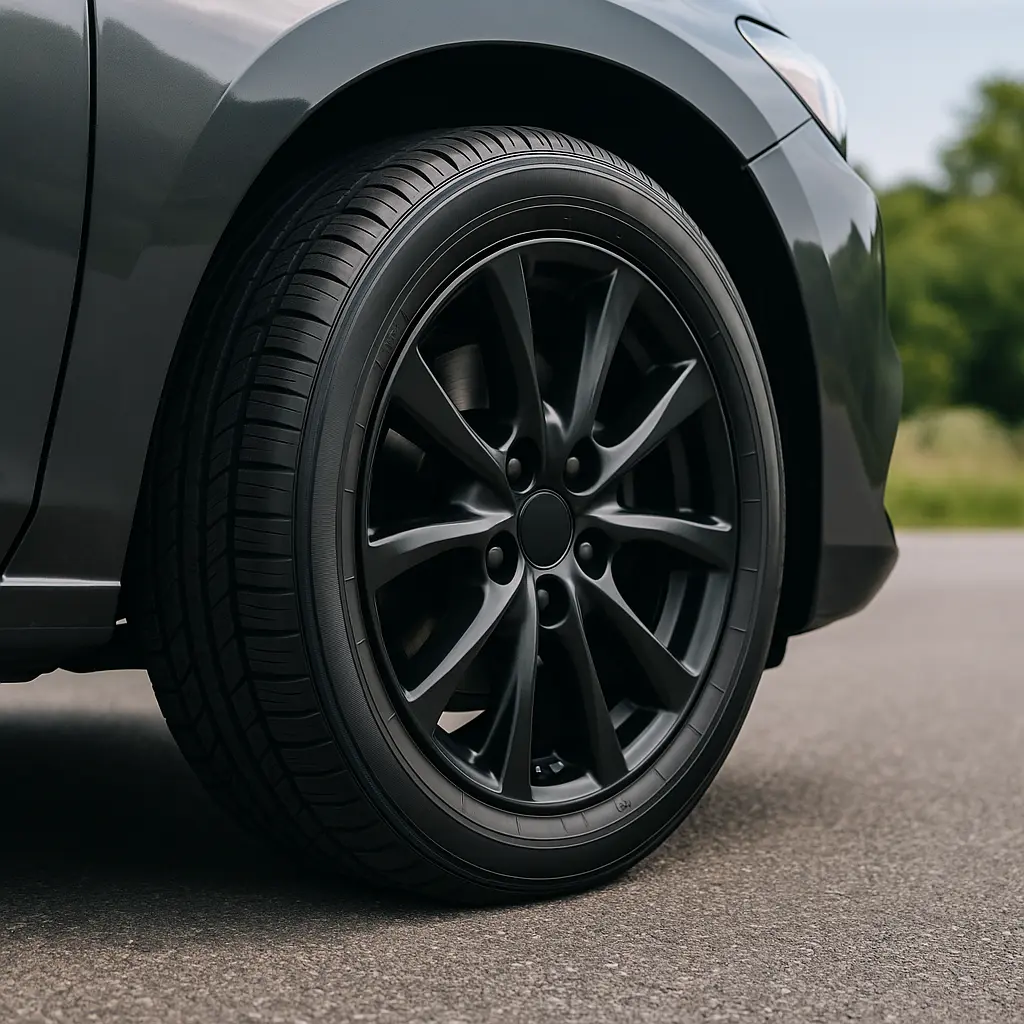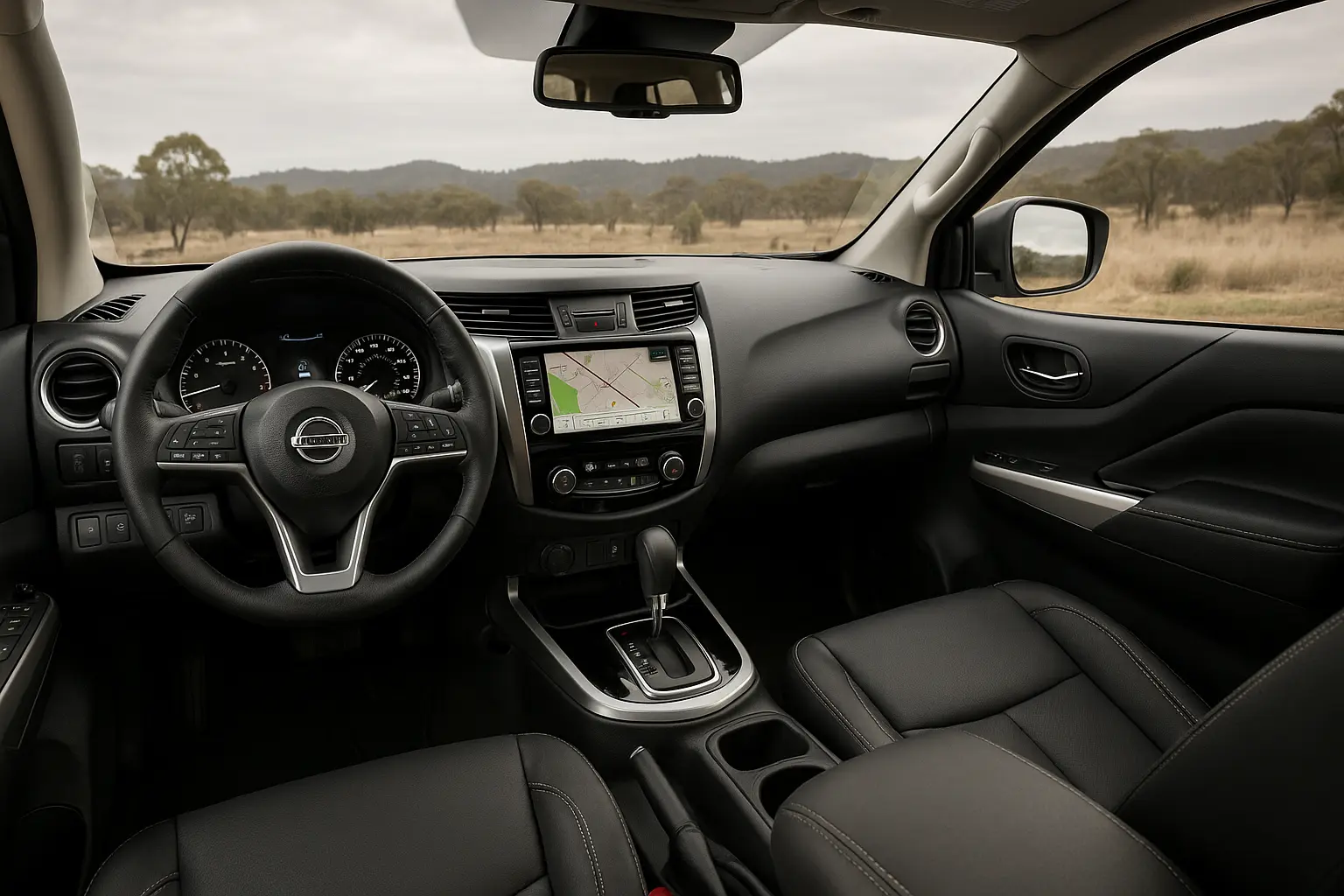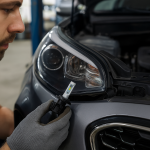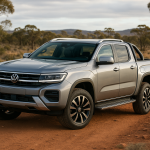When it comes to safety and performance on Australian roads, your car tyres are arguably the most important part of your vehicle. They are the only point of contact between your car and the road, influencing everything from braking distance to fuel economy. Despite this, many Aussie drivers pay little attention to their tyres until something goes wrong—like a flat tyre, uneven wear, or a failed roadworthy check.
This comprehensive guide covers everything you need to know about car tyres in Australia, from understanding tyre types and choosing the best brands, to essential maintenance tips and buying advice tailored to Australian conditions. Whether you’re a city commuter, a weekend adventurer, or a tradie covering long distances, the right tyres make all the difference.
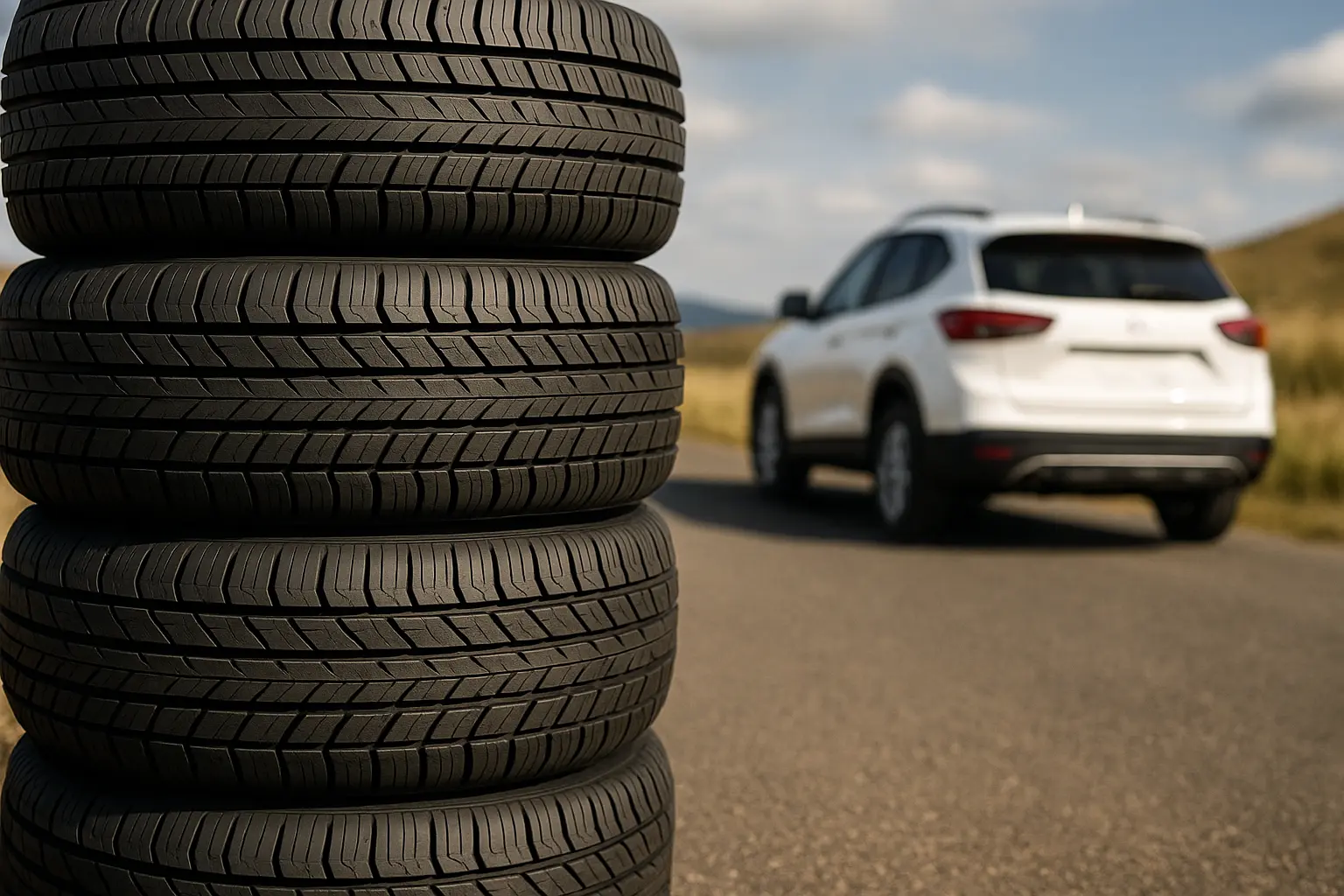
Why Tyres Matter More Than You Think
Tyres don’t just keep your car moving; they impact your safety, driving comfort, handling, and even fuel costs. A well-chosen set of tyres can shorten stopping distances, improve grip on wet roads, and provide a smoother ride. On the flip side, worn or poor-quality tyres can turn a safe car into a hazard, especially on Australia’s unpredictable road surfaces—from smooth city highways to rugged outback tracks.
Tyres also play a crucial role in fuel efficiency. Rolling resistance accounts for a large portion of the energy needed to keep a car moving. Choosing tyres with lower rolling resistance can save you money at the pump, especially with petrol and diesel prices fluctuating across the country.
Types of Car Tyres in Australia
Australia’s diverse driving conditions mean tyre choice isn’t one-size-fits-all. Here are the main types you’ll encounter:
Passenger Tyres
Designed for everyday cars—sedans, hatchbacks, and small SUVs. They balance comfort, longevity, and affordability. Ideal for city and highway driving.
Performance Tyres
Built for sports cars and performance sedans. They offer better grip, precise handling, and shorter braking distances, but they tend to wear faster and can be pricier.
4x4 and Off-Road Tyres
Popular with Aussie tradies, farmers, and adventurers. These tyres are tougher, with deeper tread patterns to handle gravel, mud, and sand. Perfect for outback travel or coastal beach driving.
All-Terrain Tyres
A versatile middle ground. Suitable for drivers who split time between city roads and off-road conditions. Increasingly popular with dual-cab ute owners.
Touring Tyres
Focused on long-distance comfort and fuel economy. Often fitted to family SUVs and sedans used for highway cruising.
Eco Tyres
Newer technology aimed at lowering rolling resistance and improving fuel efficiency. A good choice for environmentally conscious drivers or those wanting to cut fuel costs.
Best Tyre Brands in Australia
Australia’s tyre market is full of options, but a few brands consistently stand out for performance, durability, and value.
Bridgestone
One of the most popular choices, Bridgestone is known for reliability and a strong dealer network across Australia. Their Ecopia range is popular for fuel efficiency, while the Dueler series suits 4x4 drivers.
Michelin
A premium brand praised for safety and longevity. Michelin tyres often come at a higher upfront cost, but their durability can offset the price over time.
Continental
German engineering brings strong performance and safety features. Known for excellent wet weather grip—important for sudden downpours on Aussie roads.
Goodyear
Offers a wide range of tyres at competitive prices. Known for innovation, including run-flat technology. A good mid-range option.
Pirelli
Favoured by performance car owners. Pirelli’s sporty tyres deliver outstanding handling but can be overkill for daily commuters.
Yokohama
Popular for a mix of affordability and strong performance. Their BluEarth range is eco-friendly and efficient.
Kumho & Hankook
South Korean brands that balance price and quality. Increasingly chosen by Australian drivers who want solid performance without breaking the bank.
Tyre Maintenance Tips Every Aussie Driver Should Know
Proper maintenance is key to getting the most out of your tyres. Ignoring basic care shortens tyre life and can compromise safety.
Check Tyre Pressure Regularly
Australian weather swings—from summer heatwaves to winter chills—cause tyre pressure to fluctuate. Under-inflated tyres reduce fuel efficiency and increase wear, while over-inflation reduces grip. Always check pressures monthly and before long trips.
Rotate Your Tyres
Rotating tyres every 10,000 km helps even out wear, especially if you drive a front-wheel-drive or rear-wheel-drive vehicle. This simple step can extend tyre life by thousands of kilometres.
Wheel Alignment & Balancing
Misaligned wheels cause uneven wear and poor handling. Have your alignment checked if your car pulls to one side, your steering wheel vibrates, or you notice uneven tread wear.
Inspect Tread Depth
By law, the minimum tread depth in Australia is 1.5 mm, but experts recommend replacing tyres well before this. Use a tread depth gauge or the built-in tread wear indicators on most tyres.
Watch for Cracks and Bulges
Heat, UV exposure, and road hazards can cause cracks or bulges in tyres. If you see these signs, replace the tyre immediately—it could lead to a dangerous blowout.
When to Replace Your Tyres
Even with perfect care, tyres don’t last forever. Signs you need replacements include:
- Tread depth below 3 mm (for best safety, not just the legal minimum).
- Visible cracks, cuts, or bulges.
- Uneven wear across the tyre surface.
- Tyres older than six years, regardless of mileage.
- Vibration or noise not fixed by balancing.
On average, Australian drivers replace their tyres every 40,000–60,000 km, depending on driving style and conditions.
Buying Car Tyres in Australia – What to Consider
When shopping for tyres, don’t just look at price. Consider these factors:
- Driving Conditions: City driving, highway cruising, or outback adventures all demand different tyre types.
- Fuel Efficiency: Eco tyres with lower rolling resistance can save money over time.
- Noise Levels: Some tyres are designed to minimise road noise, ideal for long-distance drivers.
- Load Rating: Make sure the tyre can handle the weight of your vehicle and any towing needs.
- Speed Rating: Check the manufacturer’s recommendation for your car.
- Warranty & Support: Established brands often back their tyres with mileage warranties and have wider service networks across Australia.
Cost of Tyres in Australia
Prices vary widely. A budget tyre for a hatchback might cost $100–$150, while premium SUV or performance tyres can exceed $400 each. Many tyre retailers in Australia offer deals such as “buy 3, get 1 free,” which can bring down costs significantly.
Balancing affordability with safety is key. While budget tyres may seem tempting, they often wear faster and perform worse in wet conditions. Investing in mid-range or premium tyres usually pays off in the long run.
Final Thoughts
Your car tyres are more than just rubber—they’re a vital investment in safety, performance, and efficiency. Choosing the right tyre for your driving needs, maintaining them properly, and knowing when to replace them will save you money and could save your life.
Whether you’re cruising through Sydney traffic, tackling Melbourne’s wet winters, or heading off-road in Queensland, the right tyres make every journey safer and smoother.
Leave a comment
Your email address will not be published. Required fields are marked *


